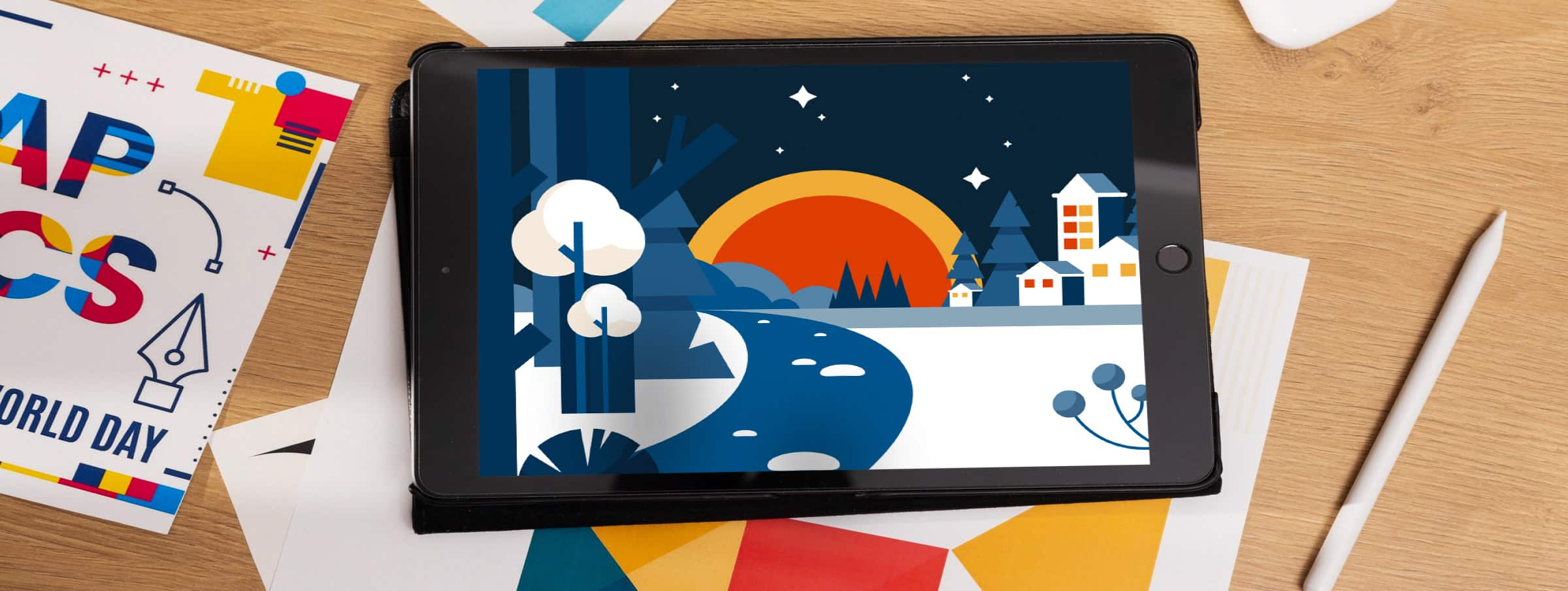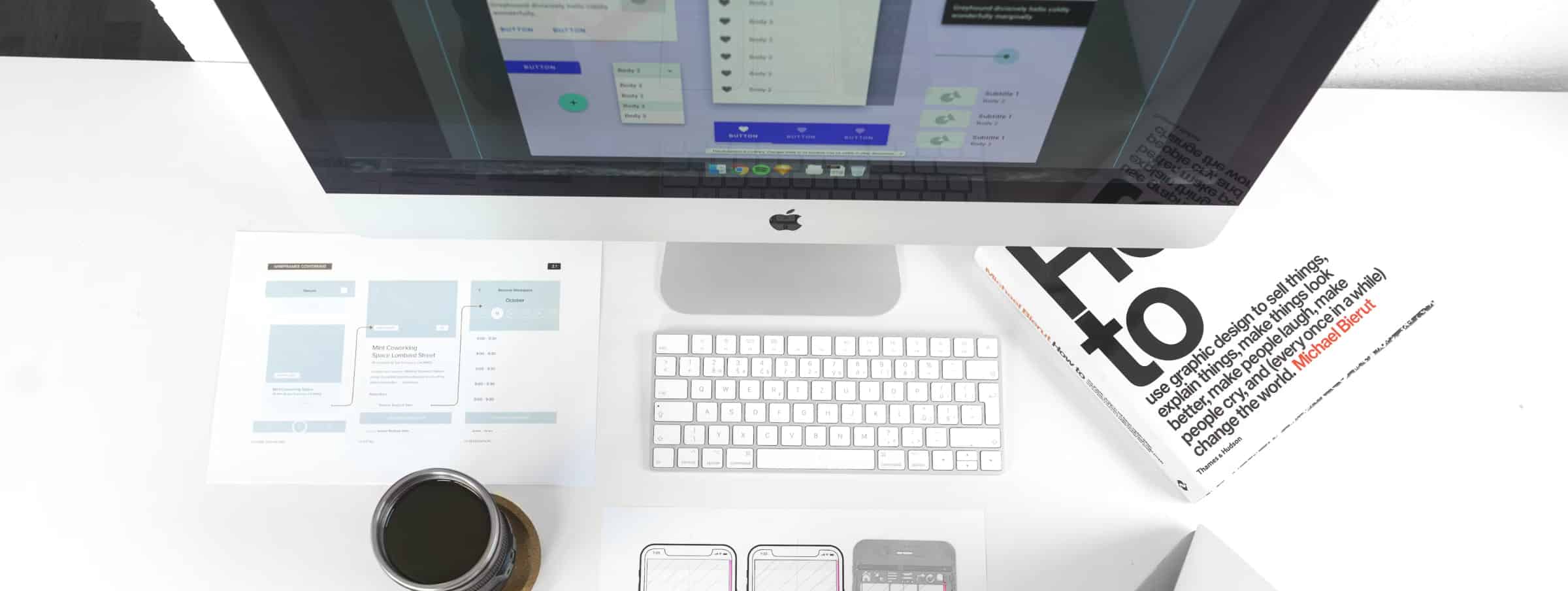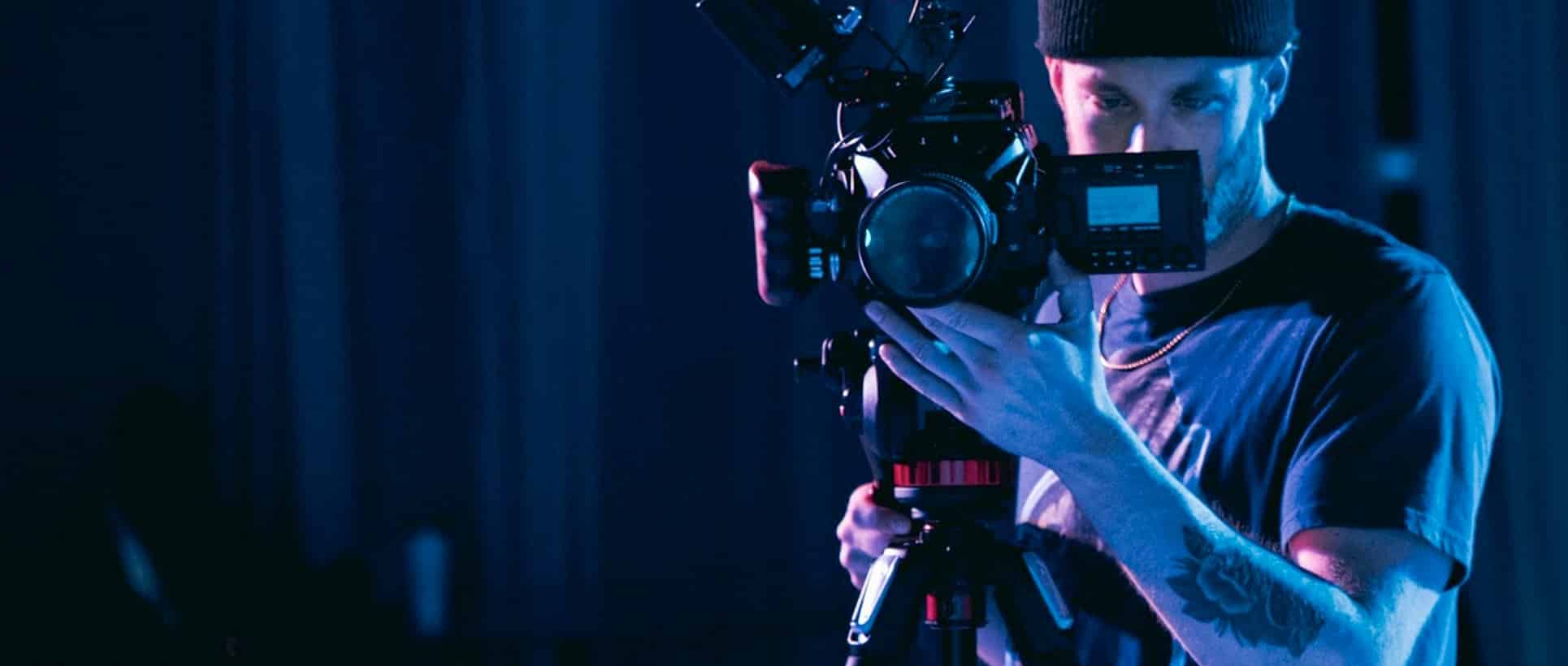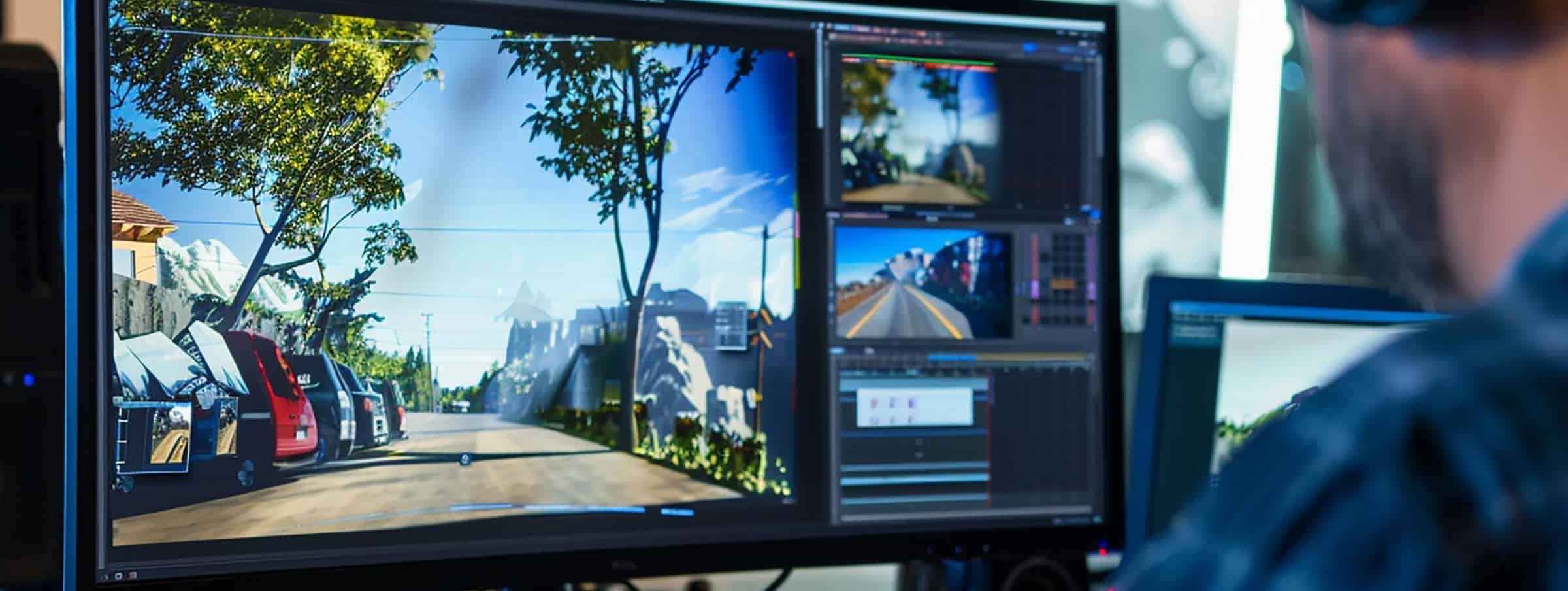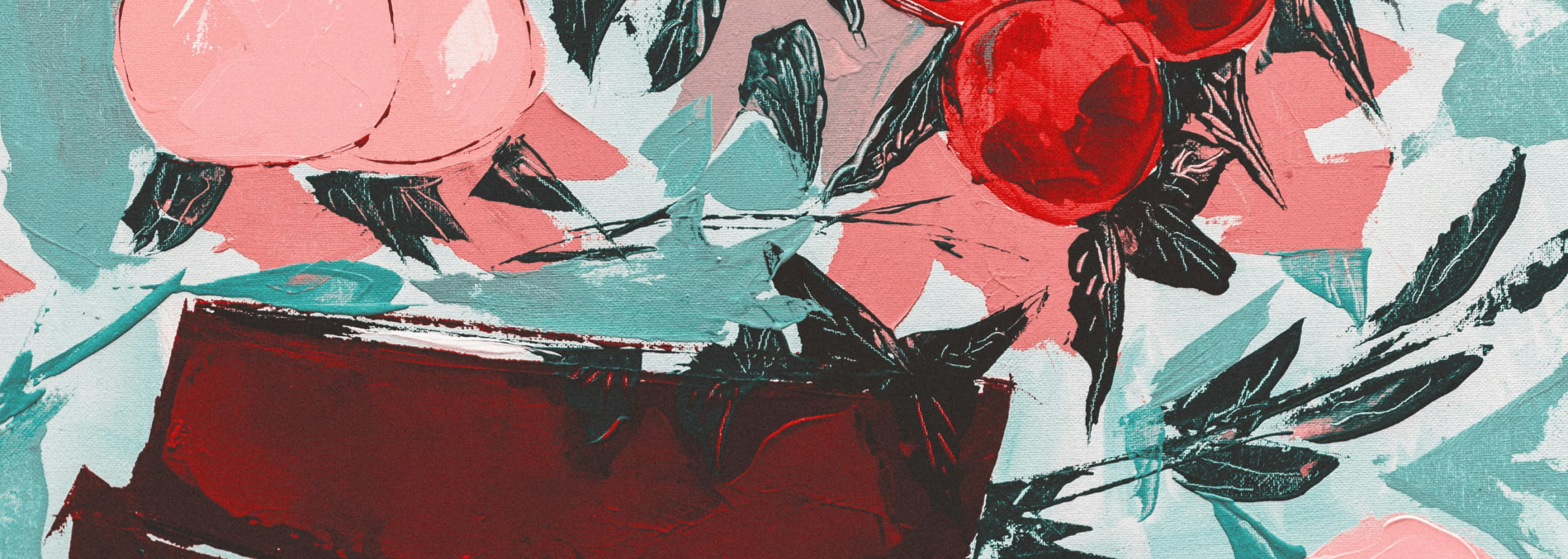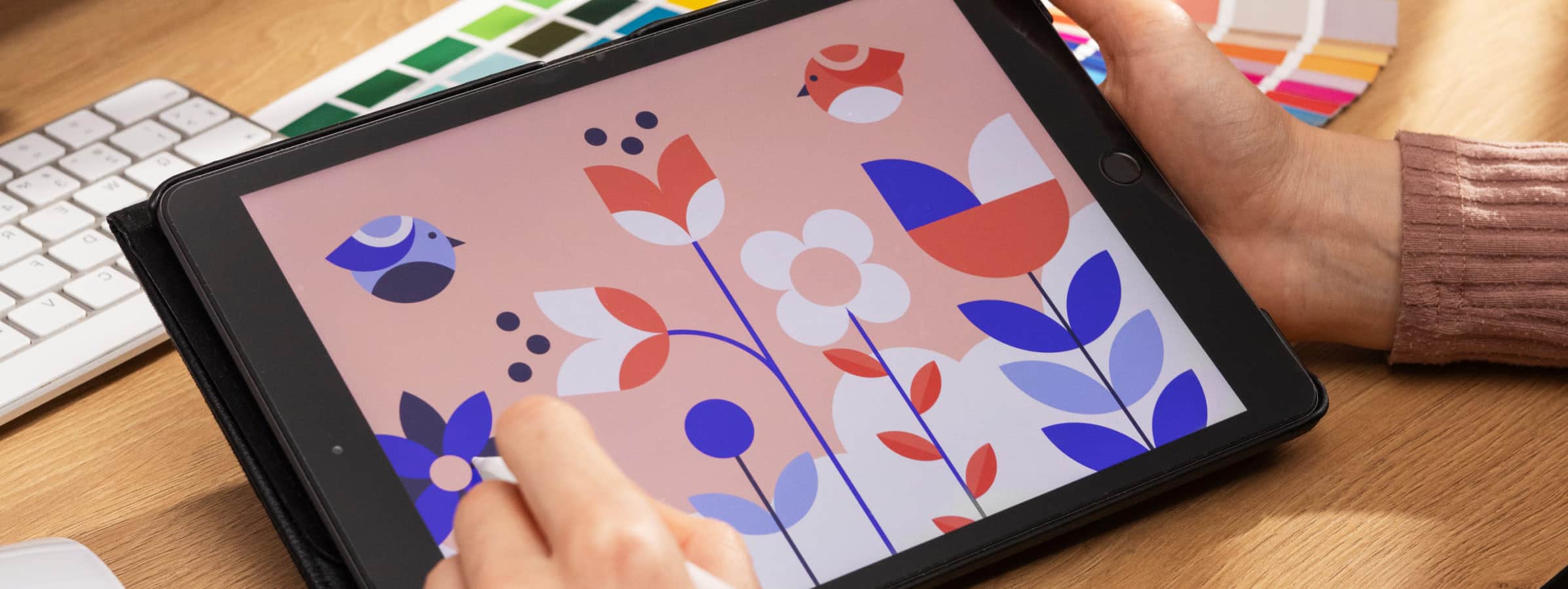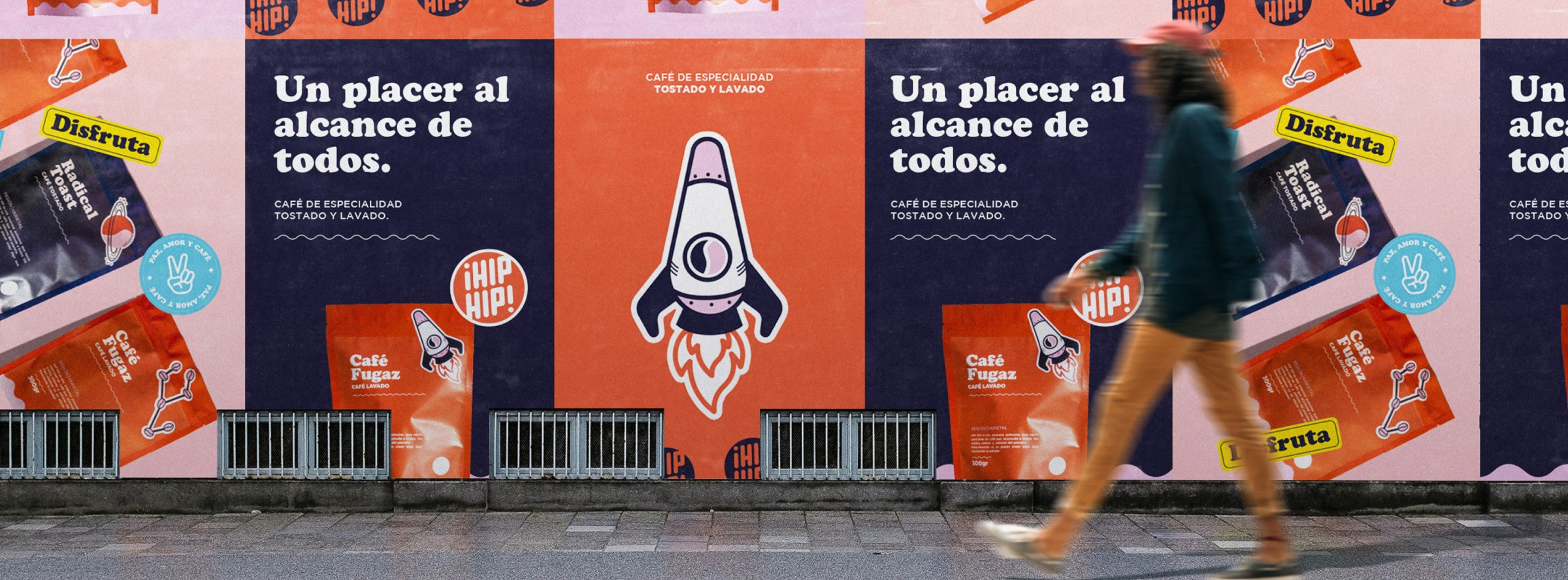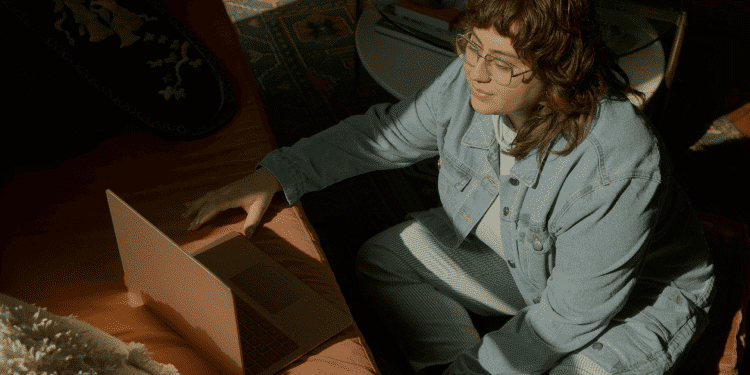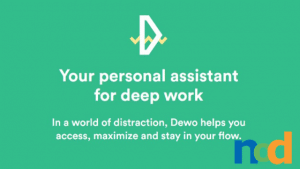Ending Attachment: Overcoming Ego
by Taylor Slattery | August 27, 2020

Regardless of your discipline, as creatives, there are certain challenges we all face. The process of working with clients can be difficult, and this difficulty usually stems from problems with communication. Clients, especially those unaccustomed to working with creatives, may struggle to articulate their vision. They may not possess the vocabulary or terminology to frame things in a way that translates easily into a visual medium. It sometimes feels like we’re speaking different languages. As a result, the initial stages of development often feel like a shot in the dark. We present the clients with our best interpretation of their needs and hope we’ve done enough to provide something they can latch onto to further progress the discussion.

This mismatch of ability can sometimes lead to the development of a strange dynamic. On one hand, the client is clearly out of their depth and requires us to take the lead. But on the other hand, they’re the ones cutting your check and the final product needs their stamp of approval. This requires you, as the creative, to stumble through the darkness waving your hands about, looking for anything to help orient you and find your way out.
You’re bound to stub your toe a few times along the way. Whether in the form of rejected proposals, misdirection, or the client requesting last-minute changes, obstacles to the project’s completion are bound to present themselves, so it’s important to make sure that you aren’t one of them. Some designers will fight hard for a choice they believe to be the best, and in some cases, this may be the right move, but you always need to take a moment and check your ego. When a client expresses resistance, it’s important to listen and find out why. Remember, they may not be experienced in expressing these sorts of things so you’ve got to do your best to listen and ask questions to get to the bottom of any reservations they may have.
As a creative, you’ve been hired to solve your client’s problem. Whether you like it or not, part of your job is playing the role of a sort of therapist or detective, whatever it takes to gain the perspective you need to solve their problem. This is what good, creative problem solving really is. The real research is done in this initial phase of listening to your client and understanding their problem in full before developing your strategy of how to solve it.

The design process is largely about eliminating vagueness, moving from the broad to specific until you’ve arrived at a product your client is happy with. How this process plays out will differ from client to client. Sometimes it will be a bit like a game of hot and cold. Other times it will feel more like a tug of war. Regardless, it’s important to remember that you’re both working towards a common goal. Reaching the finish line requires compromise, mainly by you, as the creative.
When creating work for others, sometimes the best answer isn’t always the right answer. Meaning, the options we like the most aren’t necessarily the best solution to our client’s problem. Don’t get attached to things in the early stages. By the end of the project, they’ll be unrecognizable. Save all your precious rejects and re-purpose them in your personal work or future projects. Don’t let your ego get in the way of making the best work you can make.

Taylor is the Managing Editor of Notes on Design. Taylor is a graphic designer, illustrator, and Design Lead at Weirdsleep.
Are you interested in sharpening your business skills? Sessions College offers a wide range of advertising and marketing courses. Contact Admissions for more information.




